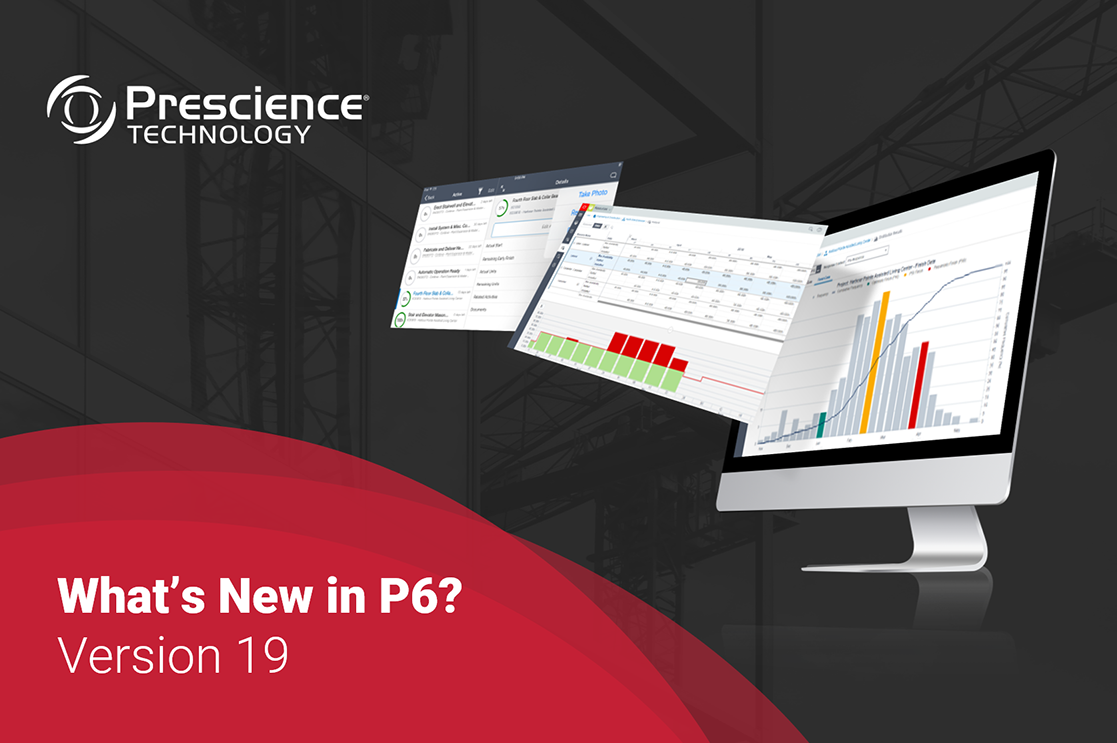With more than 50,000 people from around 140 countries in attendance, it’s not surprising that Oracle Open World 2012 was a constant whirl of breakfasts, presentations, workshops, dinners and entertainment. Oracle did truly take over the city of San Francisco, with even the famous Union Square bearing an Oracle marquee: there was no doubt the ‘red stack’ was in town.
This is the third of these global conferences that I have attended, and for me, it was the best yet. Despite the sun failing to shine, the conference certainly put a very large spotlight on Oracle’s future direction, and at least for me, clearly signalling that the big red ‘magic’ is back.
A very clear future strategy
After hearing Larry Ellison, Oracle’s CEO speak, I remain convinced that world domination really is Larry’s brief to his key executives. The competitive edge to and innuendo embedded in his presentations was far more evident than in previous years. It began with announcements about some significant enhancements to Oracle’s “engineered systems”, building on the ExaData concept of previous years (that’s essentially a server with an awful lot of memory, which enables you to store your entire database in RAM – an exciting development for all DBAs!). Alongside this, the forthcoming Oracle 12c release is tipped to come out about Christmas-time.
The other strong theme within Ellison’s keynote was ‘the cloud’ and the launch of infrastructure-as-a-service offering. Oracle made a significant announcement in this area, as it unveiled an expanded Cloud Services Portfolio – all underpinned by Exadata. As big data continues to be touted as the technology cure-all to bring order to the (relative) chaos, we will see almost everything moving to what I, not so facetiously, have dubbed Oracle’s “exa” cloud offering. The significance of this for customers is being able to shift between on-premise and private or public-cloud deployments, without changing infrastructure.
Oracle also announced a new release of Business Intelligence, expanding on the mobility capabilities. Mobility was also to the fore with the Oracle Fusion Tap, an iPad application allowing key functionality to be at your fingertips when on the go and I was particularly taken by the roadmao session on Fusion applications. While it may be a little while before we see it in action, the demonstration was certainly enticing, with a great interface, especially around HR and Talent Management.
Oracle were also very excited about their Social Relationship Management suite, which integrates with Oracle’s broader suite of services, from Fusion to Platform Services, including Java and Dabatase cloud services. Clearly social media is playing a much bigger part in how we communicate with employees and with customers, so anything that helps to integrate that information and helps us to analyse the content has to be welcomed.
Exciting things ahead for Primavera
In the Oracle Primavera space, the big news was the integration of Primavera and the recently acquired Skire platform. To be known as Oracle Unifier, this combination will create a full lifecycle EPPM platform that provides a comprehensive offering from capital planning and construction to operations and maintenance for owners and operators, contractors and sub-contractors. The combination of Oracle’s and Skire’s EPPM solutions is expected to help organisations manage their projects and facilities with more predictability and financial control, improving profitability and operational efficiency. We were forewarned during these sessions that there may be another Oracle Primavera acquisition prior to Christmas – a prediction which has now proven true with Oracle’s recent announcement of the Instantis acquisition which is still being finalised.
I also attended a great session on Oracle Primavera Solutions focused on managing major shutdowns and turnarounds, and presented in conjunction with a couple of great US clients. The session showcased Primavera and reinforced the importance of rigour around continuous improvement in a turnaround / shutdown environment, especially when you’re dealing with up to 3000 people working simultaneously on major shutdowns. These really are projects on steroids, and hearing about the ability to build and replicate the planning process, at speed, between different plants and facilities I expect defined some new KPIs for all present.
What was missing?
The ‘do more with less’ message was not as prominent as I expected it to be, especially in light of the globally-constrained economic climate. I was also surprised that gamification didn’t take a higher profile, as an increasing number of companies have applied this approach. And while Oracle is taking steps toward enhancing mobile capability, there still wasn’t as great an emphasis on applications for tablets, as I expected.
However, in summary, it was an awesome event – a great opportunity to connect with Oracle folk and to spend time with former colleagues and customers, as well as some new people and organisations. I’ll be doing all I can to understand what Oracle Openworld 2013 will offer, and make it an equally memorable and educational experience!
If you want to know more about what was covered at this event, you can watch a selection of the keynote presentations on You Tube.





